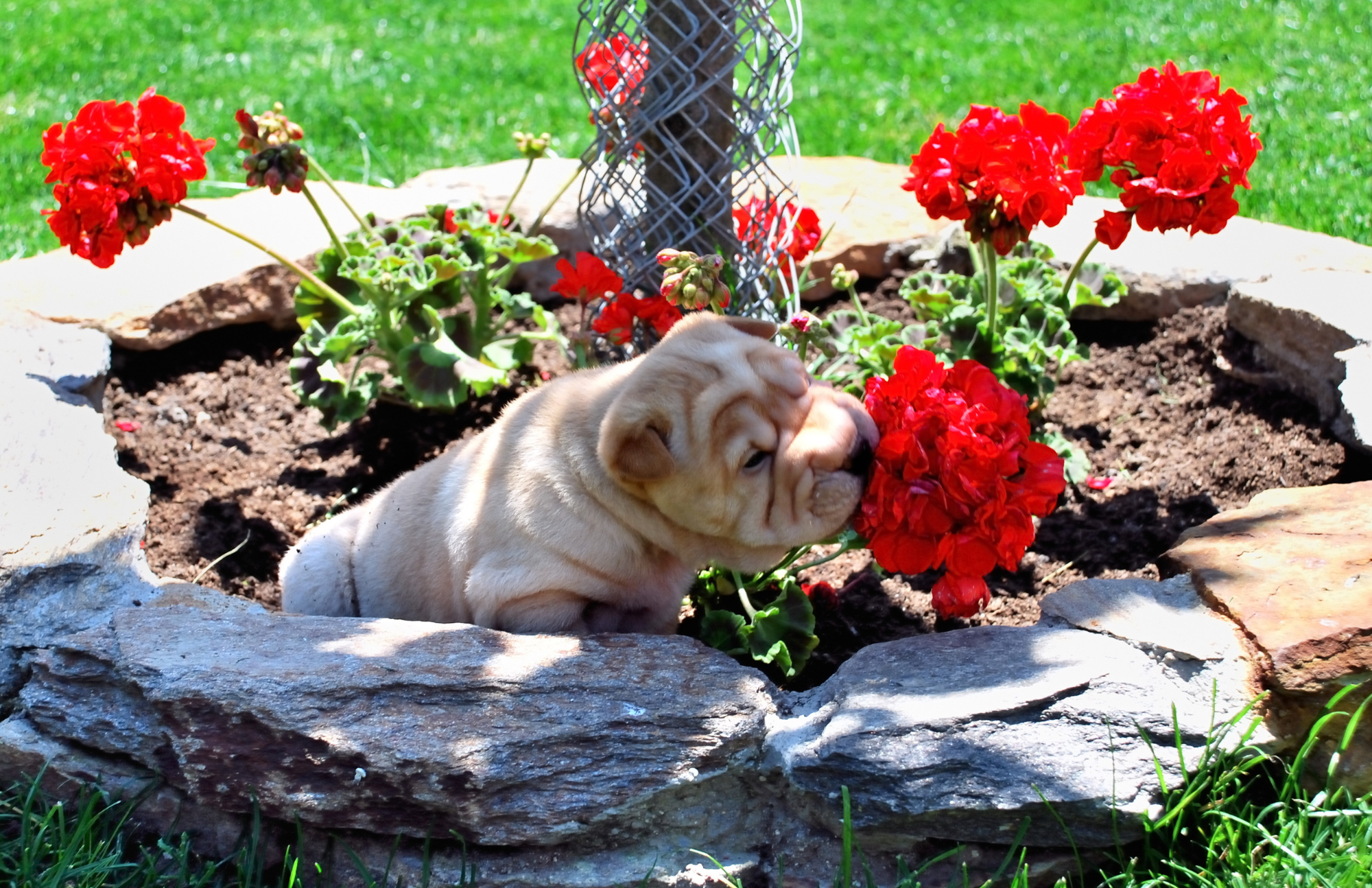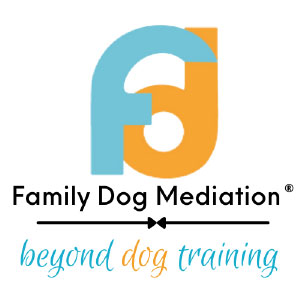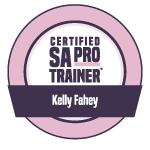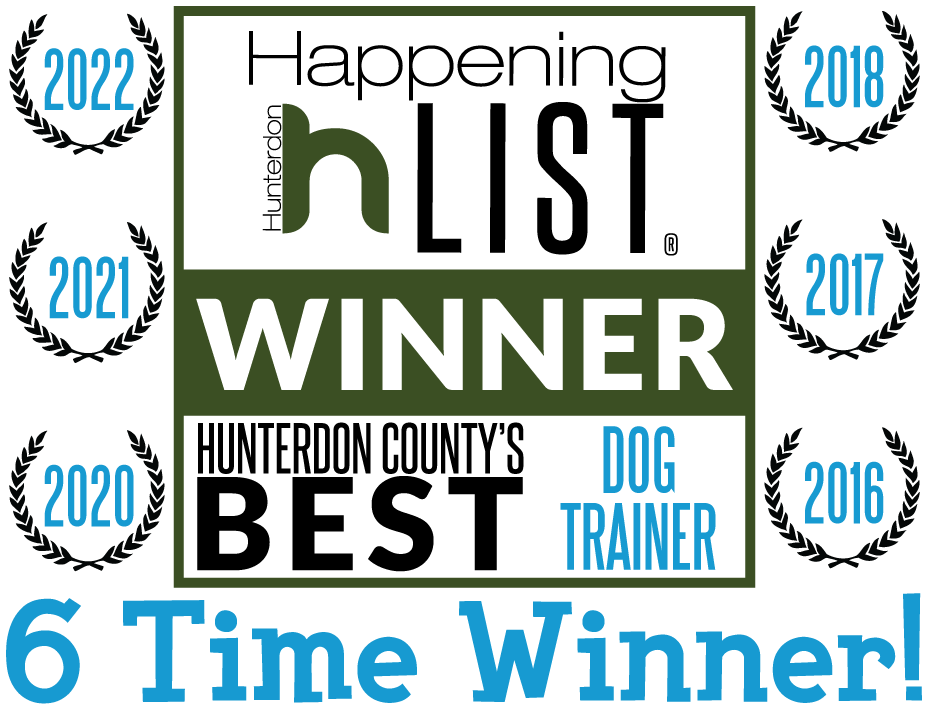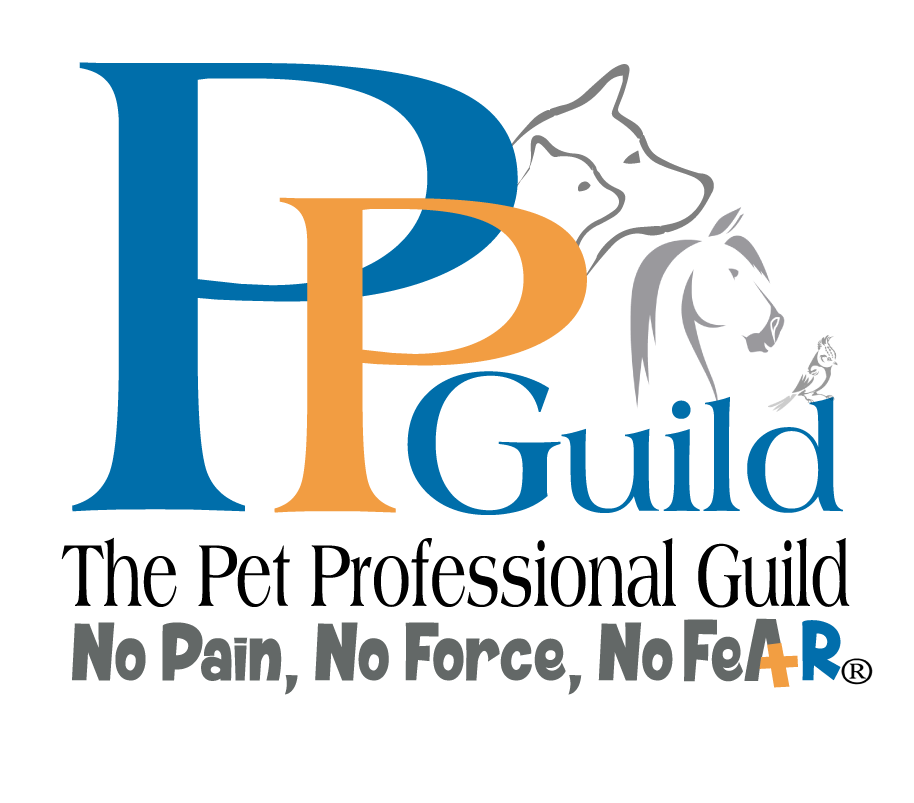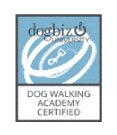How Distractions Impact Your Puppy’s Learning and Training
As puppy parents, we all want our puppies to be well-behaved. An important thing to remember is puppies need time to practice and learn the skills you want them to know. Distractions are a major part of puppy training and can interfere with their ability to learn what you are trying to teach them. Let’s explore how distractions play a significant role in your puppy training and how the learning environment will impact their training and progress. Dog trainers call this ‘working at your dog’s level’. Let’s talk about how distractions impact your puppy’s learning and training.
Have you found yourself frustrated because your puppy comes when called in the house, but can’t to do it when they are in the backyard? Have you found yourself irritated because your puppy walks nice in the neighborhood, but pulls like they are auditioning for a sled dog position for the Iditarod when you go to the park or into town?
Puppies are naturally curious and full of energy which can make it challenging to teach them the behaviors you desire. These distractions will also work against you when expect your puppy to do the skills you ‘think’ you already taught them.
In a previous blog we talked about the Reality vs. Expectations of bringing home a new puppy.
Why is My Puppy Not Listening?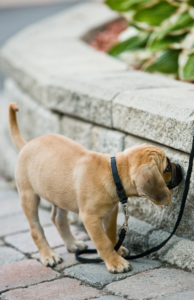
Teaching your puppy skills inside of your home is very different than your puppy being able to do the skills in your backyard, neighborhood, park, or farmer’s market. Training needs to be adapted to the environment in order to set your puppy up for success and ensure your puppy can perform the skills in different situations and environments. Likewise, puppy parents need to alter their expectations in different environments and situations when it comes to asking their puppy to execute their skills.
Your puppy will need to practice in many different locations in order to be able to perform skills to a high degree of difficulty. But you can’t just go from frequently practicing skills in your living room to suddenly expecting your puppy to do the same skill as easily at the park. One level is kindergarten and the other is a grad school level. There are many levels in between.
Working at Your Puppy’s Level
First and foremost, working at your puppy’s level means recognizing that puppies have short attentions spans and require short training sessions. Puppies typically can’t focus on a task for more than a couple of minutes.
Working at your puppy’s level means the training should be tailored to each individual environment. This means starting in quiet areas first, then gradually moving to more busy areas. This might look like this… your puppy learns to sit in the quiet confines of your house. Now you practice the same skill on a quiet, non-distracting street. Once your puppy has mastered the skill in multiple quiet environments, you can now gradually increase distracting by practicing in busier areas. The key word here is ‘gradually’.
It also means breaking the skills down into tiny pieces so your puppy can understand what you are asking and recognizing when your puppy is ready to move on.
5 Basic Steps to Puppy Training
Here’s an example of breaking a skill into small pieces so your puppy can succeed.
Kindergarten, Grade School, and Middle School Puppy Training
- Start inside your home where there are no distractions. Practice in different rooms. You’ll find your puppy even responds differently from room to room. You’ll practice in this lower distracting area until your puppy is responding consistently and without hesitation.
- Now you are ready to work outside, but not just anywhere. Remember, the park and town will be too distracting with all the dogs, birds, squirrels, people, cars, new smells, and everything else that is going on around. You want to increase the difficulty a little bit so your puppy can succeed. Working in your backyard is the best place for this. There will be distractions, but the area will be familiar and less exciting. When your puppy is able to do the skill consistently and without hesitation, you’re ready to increase the difficulty, again.
- So, is your puppy ready to show off this new skill at your friend’s house, the park, or the farmer’s market? Not yet. It’s time to enhance the difficulty with some more distractions. The next level of difficulty would be your front yard. There are a heck of a lot more distractions in your front yard vs. inside your house and your backyard.
High School and Grad School Puppy Training
- After your puppy has mastered the skill in your front yard, she still isn’t ready to do the skill for the Olympics (park, outdoor café, trail, and in town). Your puppy will need more practice around more distractions. Your neighborhood is the next level of difficulty. There are different things happening at different times all over the place. Someone might have landscapers mowing, kids could be playing in a driveway, someone’s dog will probably be barking. This is so much harder than in your house, in your backyard, and in your front yard.
- Is your puppy now ready to show off their skill to the world? Nope. They now have to practice in the very environment you want them to be able to do the skill so they can do it consistently and without hesitation. They won’t be able to do it here without practice, more practice, and even more practice. It will take time to build up the fluency and accuracy of your puppy being able to the skill around joggers, other dogs walking, strollers, ducks, kids on the playground, cats, and anything else that will grab your puppy’s attention.
How to Improve Your Puppy’s Training Skills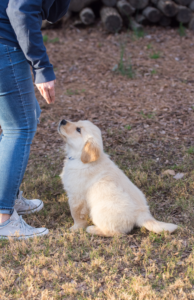
This is just an overview. There are other layers that need to be factored in and practiced. This includes:
- Duration
- Distance
For example, having your puppy come from 8 feet away is one thing. Having your puppy come when called from 75 feet away is entirely differnt. Having your puppy relax calmly for 10 minutes at an outdoor café is very different than having your puppy rest calmly through appetizers, a meal, and dessert. Duration and distance have their own sets of difficulty and also need to be worked on in small increments.
What to Expect with Puppy Training
Puppy training takes time and patience is key. While all puppies learn by the same learning theory, it’s important to remember each puppy is an individual. Some puppies may pick up on certain skills more quickly than others. It’s important not to expect a high level of proficiency to happen quickly. Unrealistic expectations will just lead to frustration from both you and your puppy. Great skills are built by building strong foundations that create habits. We must gradually increase the level of difficulty (distractions) in order to achieve grad school level skills.
Training your puppy at home is a great start, but it’s important to remember that the skills you teach at home won’t magically translate to other scenarios or public places.
It’s crucial to understand how a puppy’s environment affects their ability to learn, and how to work with them to achieve your goals.
Final Thoughts…
Puppy training is a process. Celebrate your puppy’s victories along the way. These small victories are paving the way to a fully learned skill and a happy, well-mannered, furry family member. And remember… distractions play a significant role in your puppy’s ability to learn. If your puppy is having trouble getting it right, ask yourself how you can change the environment so they can succeed. It’s up to you to set them up for success!
Are you becoming frustrated with your puppy’s behavior as they get older? Were you hoping they would grow out of some of those undesired behaviors? Please help get me and my puppy on the right track.

